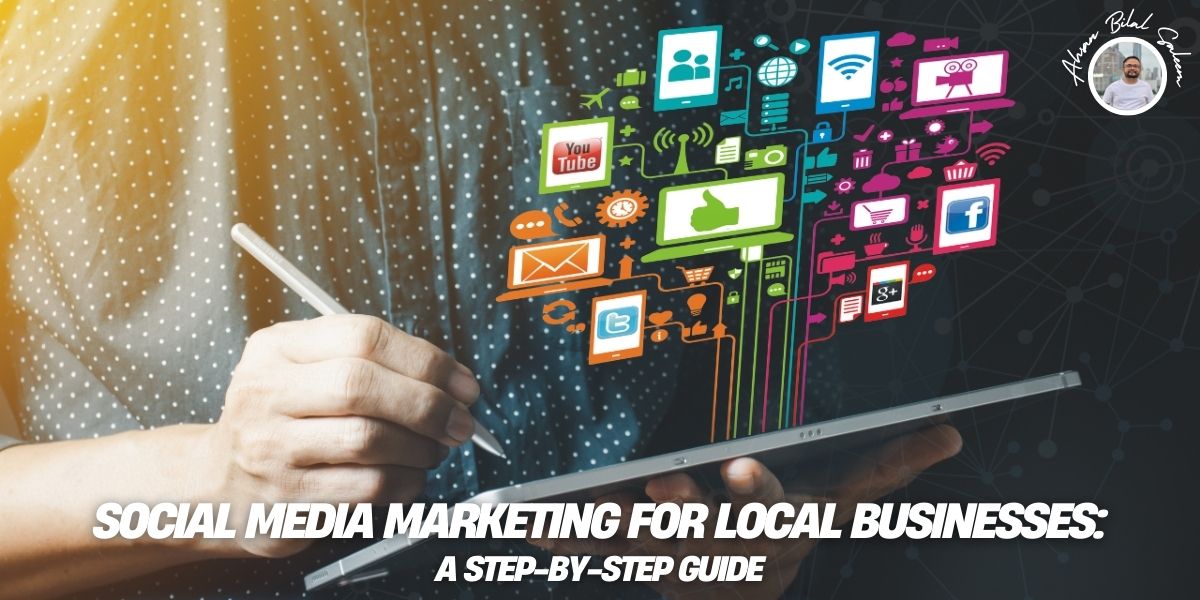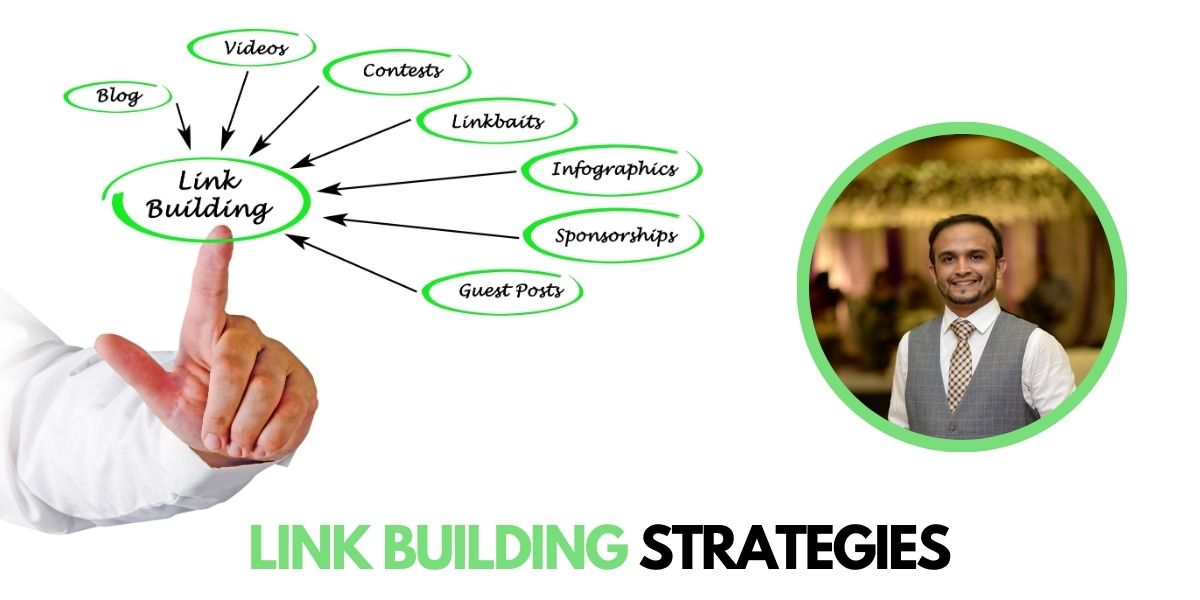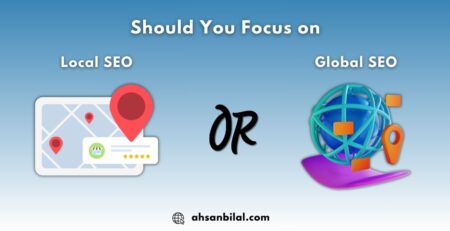Social Media Marketing for Local Businesses: A Step-by-Step Guide
In today’s digital world, social media has become a powerful tool for local businesses looking to expand their reach, engage with customers, and drive sales. With billions of active users across various platforms, businesses can now connect with their target audience more effectively than ever before. Having a presence on social media, however, is not sufficient. To truly benefit from social media marketing, local businesses need a well-planned strategy that aligns with their goals.
Step 1: Define Your Goals
Before diving into social media marketing, it is essential to set clear and measurable goals. What do you want to achieve? Are you looking to increase brand awareness, drive more foot traffic to your store, generate leads, or improve customer engagement? Defining your objectives will help shape your content strategy and determine the success of your campaigns.
For example, a local coffee shop may aim to increase foot traffic by offering exclusive social media promotions, while a boutique clothing store may focus on building an online community and boosting e-commerce sales. Having specific goals will make it easier to track progress and make necessary adjustments.
Step 2: Choose the Right Platforms
Some social media platforms are better for some businesses than others. Local businesses should focus on platforms that their target audience actively uses. Here are some of the most effective social media platforms for local businesses:
- Facebook – Ideal for community engagement, promotions, and local events. A Facebook Business Page allows you to share updates, respond to customer inquiries, and run targeted ads.
- Instagram – Best for businesses with visually appealing products or services, such as restaurants, boutiques, and salons. Features like Stories, Reels, and Instagram Shopping make it easy to engage with customers.
- Google My Business (GMB) – While not a traditional social media platform, GMB is crucial for local businesses. It improves local SEO, helps customers find your business, and allows them to leave reviews.
- TikTok – Great for businesses targeting younger audiences. Short-form videos showcasing behind-the-scenes content, customer testimonials, or product demonstrations can boost visibility.
- LinkedIn – Useful for B2B businesses, networking, and establishing industry authority through informative content.
Selecting the right platforms ensures that your efforts are focused and yield better results.
Step 3: Optimize Your Profiles
Your social media profiles serve as a digital storefront for your business. Optimizing them helps build credibility and attract potential customers. Ensure that your profiles include:
- A picture of your profile that is clear and professional (like your logo).
- A compelling bio or description that highlights your business offerings.
- Updated contact information, including location, phone number, and website.
- Links to your website or online store, if applicable.
- High-quality images and branding elements that align with your business.
A well-optimized profile makes it easy for customers to find you and encourages them to engage with your content.
Step 4: Create High-Quality Content
Content is the backbone of social media marketing. Local businesses should focus on creating engaging, relevant, and valuable content for their audience. Some effective content ideas include:
- Behind-the-Scenes Content: Showcasing how products are made, introducing staff members, or giving a tour of your store creates a personal connection with your audience.
- Customer Testimonials and Reviews: Sharing positive feedback from satisfied customers builds trust and encourages others to try your products or services.
- Promotions and Discounts: Offering special deals exclusively for social media followers can boost engagement and drive sales.
- Educational Content: Posting how-to guides, tips, or industry insights positions your business as an authority in your niche.
- User-Generated Content: Encouraging customers to share their experiences with your products and reposting their content increases credibility.
Consistency is key. Creating a content calendar can help maintain a regular posting schedule and ensure a diverse mix of content.
Step 5: Engage With Your Audience
Social media is not just about posting content—it’s about building relationships. Actively engaging with your audience fosters trust and strengthens customer loyalty. Here’s how you can improve engagement:
- Respond promptly to comments and messages.
- Encourage conversations by asking questions or running polls.
- Show appreciation by liking, sharing, or replying to user-generated content.
- Host live Q&A sessions or behind-the-scenes streams.
- Collaborate with other local businesses to expand your reach.
Engagement helps keep your brand top-of-mind and encourages repeat business.
Step 6: Utilize Paid Advertising
While organic reach is valuable, social media advertising can significantly boost visibility and sales. Platforms like Facebook, Instagram, and Google Ads allow businesses to target specific audiences based on demographics, interests, and location.
Some effective advertising strategies for local businesses include:
- Geo-Targeted Ads: Ensure your ads are seen by people in your local area.
- Retargeting Campaigns: Show ads to users who have interacted with your business before.
- Promoted Posts: Boost high-performing content to reach a larger audience.
- Call-to-Action (CTA) Ads: Encourage users to visit your store, book an appointment, or make a purchase.
Investing in paid ads can yield a high return on investment (ROI) if executed strategically.
Step 7: Monitor and Adjust Your Strategy
To achieve success, businesses need to consistently monitor their social media performance and refine their strategies as needed. Most social media platforms provide built-in analytics tools that offer valuable data on key metrics such as engagement, reach, website traffic, and conversions.
Regularly analyzing these insights helps determine what content resonates with your audience and what areas require improvement. If a specific type of post is generating high engagement, consider producing similar content. On the other hand, if interactions are low, experiment with different formats, posting schedules, or messaging styles to enhance performance.
Conclusion
For local businesses aiming to expand their reach, connect with their audience, and increase sales, social media marketing is a powerful asset. By implementing a structured approach—setting clear objectives, selecting the right platforms, optimizing profiles, crafting engaging content, interacting with followers, leveraging paid ads, and continuously tracking performance—businesses can unlock the full potential of social media and drive long-term growth.
With the right strategy, social media can be a game-changer for local businesses, helping them stand out in a competitive market and build a loyal customer base. Start implementing these steps today and watch your business thrive online!










